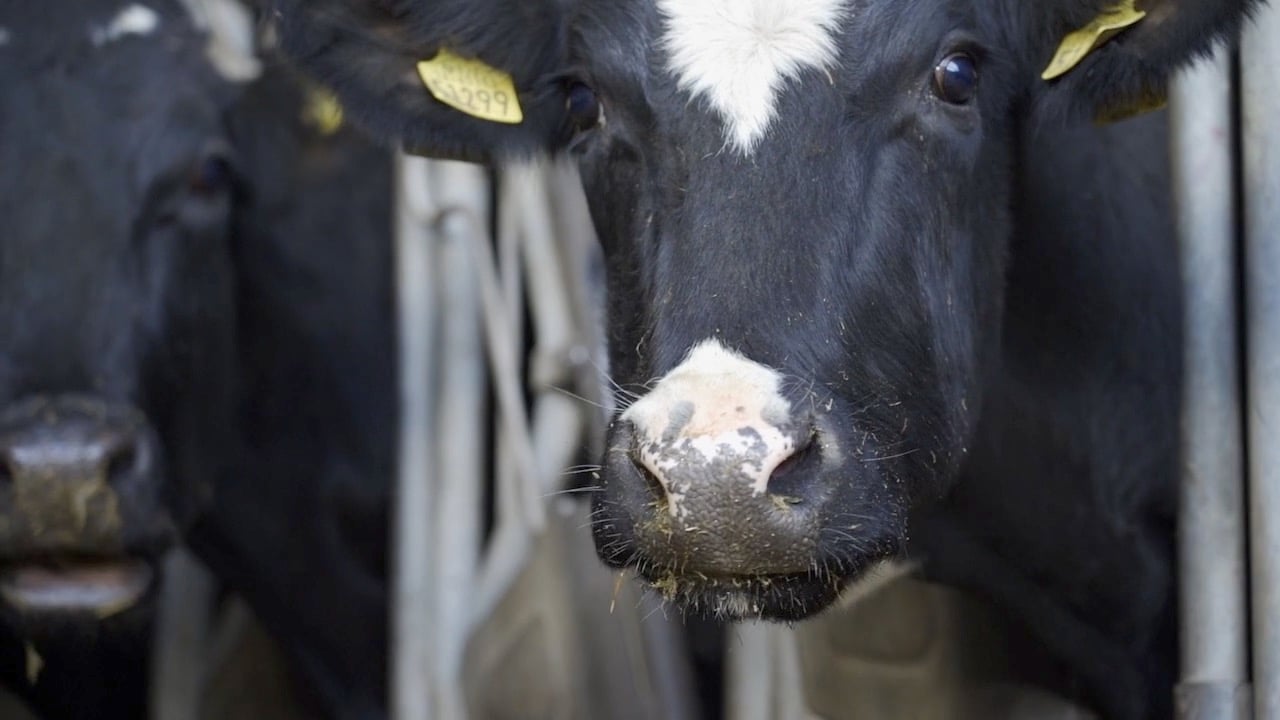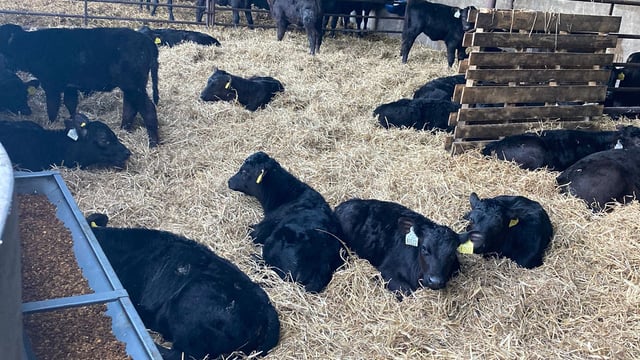Dairy Advice: Is it time to cull cows or should you milk on?
As the 2025 milking season comes to an end, farmers must start deciding which cows should be culled and when to cull them.
There is plenty of considerations for farmers to take into account before drawing up a cull cow strategy.
Farmers must be able to forecast the best time to sell animals to boost their profit margins based off key statistics.
High stocked farms may be better suited to selling cull cows early (October) to take pressure off the farm's fodder budget, while low stocked farms may milk the cow through December.
However, as milk production drops, farmers must consider factors such as production costs and grass growth to ensure it is actually profitable to continue milking the cow.
A major consideration farmers must adhere to before culling cows is their nitrates banding rates for 2026, and ensure they do not fall out of their current band by reducing stocking rates.
A farm's average yield can drop by 4-5% if approximately 16% of the herd are retained as dry cull cows for a period of three months. This can ultimately end up in the herd moving into a lower yield band.
On the other hand, these cows also contribute to a farm's total organic N, which will also be affected by keeping or selling dry cull cows.
Advantages and disadvantages
When setting out a culling strategy, farmers must weigh up all of the advantages and disadvantages associated with the options.
For example, farmers wishing to hold onto stock and bulk them up in the hopes of good factory prices in the following spring must be aware of housing and fodder.
By retaining cull cows over winter, pressure will be put on cubicles and feed space, as well as the tricky topic of slurry storage.
A farmer who retains just 10 cows for a four-month period prior to culling will have an extra 64m3 (14,000+ gallons) of slurry to deal with, which could put them under serious capacity pressure.
Farmers must also consider if they have enough fodder in the yard (approximately 64t of pit silage or 71 bales for 10 cows over four months).
Bear in mind that it is impossible to tell how long the winter may be.
By now, farmers should have their fodder budgets well completed, or at least have an idea of how much silage is needed versus how much they have in the yard.
The following table outlines how many tonnes of pit silage are needed per animal per month;
| Animal type | Tonnes/animal/month |
|---|---|
| Dairy cows | 1.6 |
| Suckler cows | 1.4 |
| 0-1 year-olds | 0.7 |
| 1-2 year-olds | 1.3 |
| 2+ year-olds | 1.3 |
If using bales, multiply tonnes x 1.1 to get the total needed. Remember it is also important to have an extra two to three bales per cow in reserve, equating to a surplus of 400-600kg dry matter (DM)/cow.
If there is a chance your farm could run into fodder shortages, it is important to evaluate the cost-effectiveness of keeping cows in comparison to buying in additional quality feed.
Cull cows are generally picked out at breeding, therefore will be empty when dry. Despite that, it is important to consider how many replacements you will have on the ground in spring in comparison to cull cows in a bid to stay out of trouble with nitrates banding.
If you feel you are on top of all of this, then milking through the winter should cost you nothing as long as everything is well managed.
Ensure cull cows do not hinder grass current grass availability for the milking herd as well as not putting pressure on spring grass growth when the herd is in peak production.
Choosing and selling cull cows
Farmers must retain a ruthless attitude when culling to keep the herd at a high standard, culling any cows with chronic lameness, high somatic cell counts (SCC), and repeat mastitis, among other factors.
The Irish Cattle Breeding Federation's (ICBF's) Cow's Own Worth (COW) is a fantastic tool. If used toward the end of autumn before drying off commences, it can help farmers choose what cows to voluntarily cull.
Dairy cull cow sales play a relatively small role in a dairy farm's output, with only 7.6% of 2024's gross output related to cull cow sales, and the average cull cow being valued at €1,106.
However, currently, cull cows on average are selling at €7.00/kg in the factory, a large increase on this time last year where the same cow was worth €4.69/kg.
This emphasises how hard it is to tell where beef prices will be at in four or five months' time, leaving the timing of sale for cull cows completely at the farmer's discretion.





